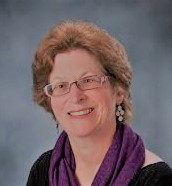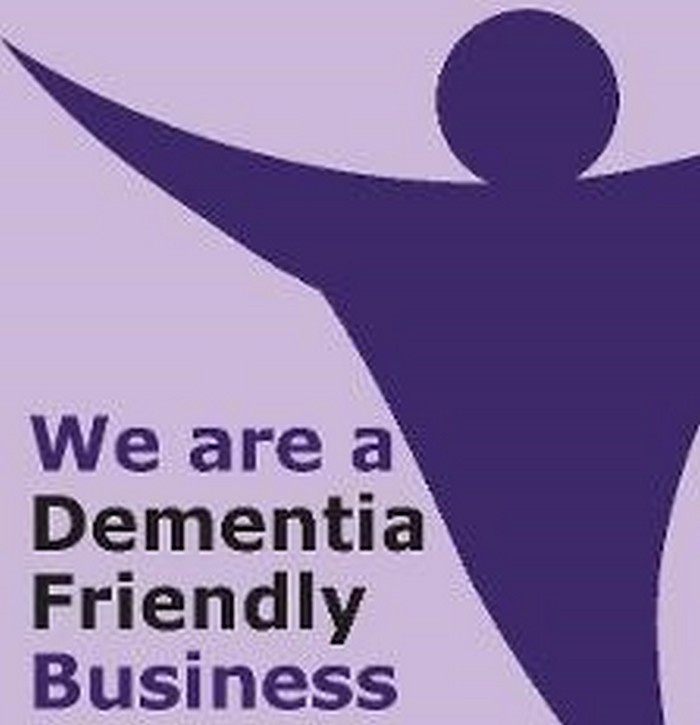The Ventura County Area Agency on Aging’s award-winning Fall Prevention Program has opened registration for A Matter of Balance, a series of evidence-based classes that focus on increased mobility and balance. Registration is now open for a class at the E.P. Foster Library in Ventura. The class is free and open to all individuals 60 and older.
A Matter of Balance emphasizes practical strategies to manage and prevent falls. Participants will learn to view falls as controllable; set goals for increasing activity; make changes to reduce fall risks at home; and exercise to increase balance and strength.
Nationally recognized research shows that one in four adults over the age of 65, and half of the population over the age of 75, fall each year. Of those individuals, half will die within a year from complications and injuries sustained from the fall.
A Matter of Balance welcomes all individuals concerned about falls, as well as those who are interested in improving balance, flexibility, and strength. Individuals who have recently experienced a fall, or who have restricted activity due to the fear of falling, are encouraged to participate.
The course at EP Foster Library is slated to begin on February 5, and will be held in the Library’s Topping Room on Tuesdays through March 26 from 1 p.m. to 3 p.m. EP Foster Library is located at 651 E. Main Street in Ventura.
To learn more about the program, or to register for this or any upcoming class, please contact the VCAAA Fall Prevention Coordinator, Dina Ontiveras, at (805) 477-7343.
The Ventura County Area Agency on Aging, an agency of the County of Ventura, is the principal agency in Ventura County charged with the responsibility to promote the development and implementation of a comprehensive coordinated system of care that enables older individuals, people with disabilities, and their caregivers to live in a community-based setting and to advocate for the needs of those 60 years of age and older in the county, providing leadership and promoting citizen involvement in the planning process as well as in the delivery of services.


